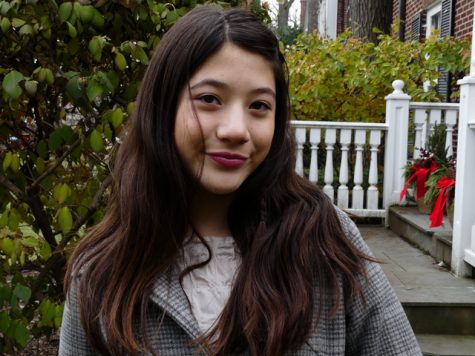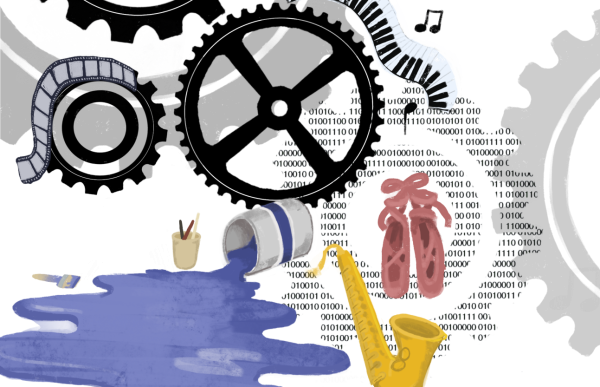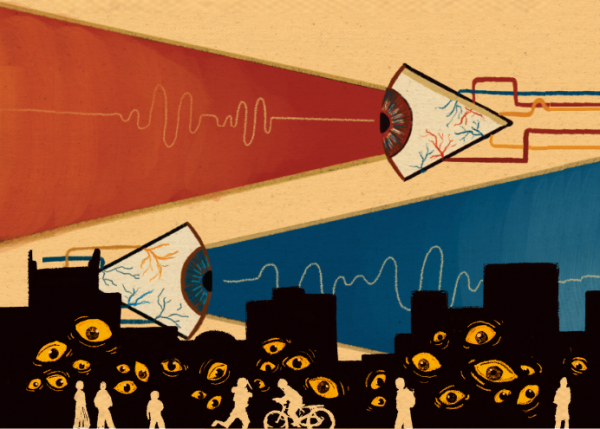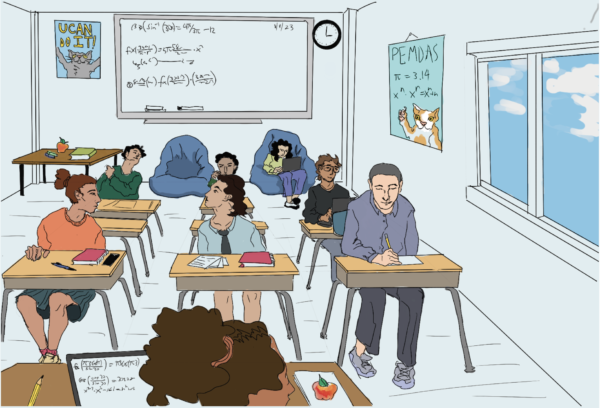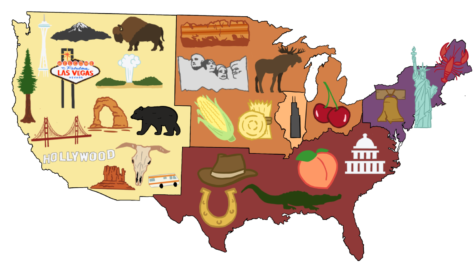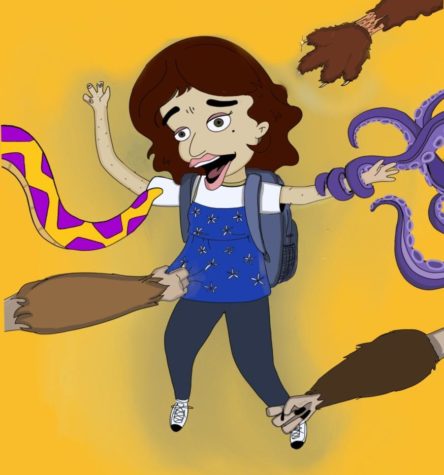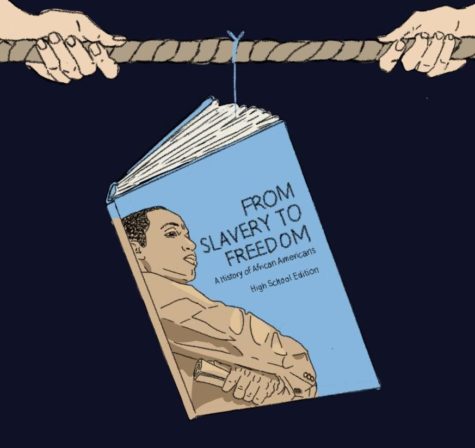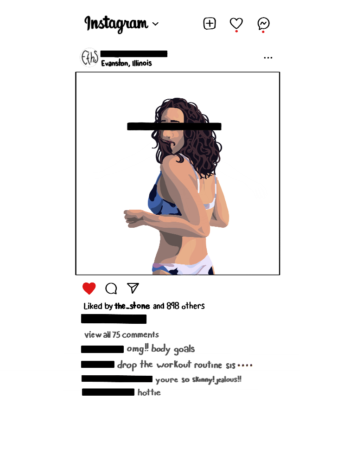Mutually negative perceptions fuel historic rivalry
March 22, 2019
It’s likely that on your way into Beardsley Gym or Lazier Field you’ll hear sentiments of “NTK” and “F-New Trier” chants. While some perceive this long-standing rivalry as mere fun, others criticize it for its intense and overblown nature.
In a survey of 304 ETHS students, 53 percent of students say their general perception of New Trier is negative, 40.1 percent say they’re neutral, and 6.9 percent say they have a positive perception.
“I think people are anti-New Trier because they see a school that’s less diverse than ours and so they want to hate on that,” ETHS junior Pancho Patino says.
According to the most recent Illinois Report Card, New Trier’s student body is 82.5 percent white with 3.7 percent low income students. Dissimilarly, Evanston’s student body is 45.4% white with 38.4% of students being from a low-income family.
Historically, both ETHS and New Trier students have utilized these differences to express superiority over each other.
“I think some people will have the idea, like me, that a lot of kids [at ETHS] aren’t that different [from New Trier students] but there are going to be a lot of people who sort of pick at the diverse aspects of Evanston,” New Trier senior Tim Olson says.
At one New Trier vs. ETHS basketball game last year, ETHS students chanted “Daddy’s money,” alluding to the wealth within New Trier families. New Trier students responded by chanting “ACT scores,” referencing their higher average test scores.
“We were calling them privileged and they were basically saying ‘yes we are,’ because having a higher ACT score essentially equates with having more privilege,” ETHS senior Jake Blustein says.
As previously mentioned, the average household income within New Trier District 203 is significantly higher than that within District 202. In 2017, the average ACT score for ETHS students was 23.4, while the New Trier average was 27.8. In 2014, the Washington Post published a study showing how the SAT favors students from wealthy families, a phenomenon that also applies to other standardized tests, including the ACT. Given this data, the difference in test scores isn’t particularly surprising, rather another example of the achievement gap in education.
“I don’t like New Trier, but I think people hate on New Trier kids too much and they have to actually get to know them,” ETHS junior Gordon Redfield-Gale says. “I don’t think you can stereotype hundreds of people.”
In actuality, it’s thousands of people. New Trier’s 2017-2018 student body had 3,987 students. While New Trier isn’t as racially or socioeconomically diverse as ETHS, some argue that it’s unproductive to label all of New Trier as one.
“ETHS people think that all New Trier people are just bad, like racist; don’t like people of color and that’s not true,” ETHS junior Makayla Brown says.
These perceptions may be fueled by racist incidents at New Trier within recent years. Last year, New Trier experienced three incidents where racial slurs were written in bathrooms.
It should be noted that while these incidents occurred within New Trier, they don’t represent the opinions of all New Trier students.
ETHS has also seen hateful acts. Last year, white ETHS students tried to remove a group composed primarily of students a color from the student section at a basketball game.
“[The rivalry] should be stopped at the football and basketball games,” says ETHS freshman Ben Felix.
In 2009, four ETHS students were charged with beating up a New Trier student after a game. The Chicago Tribune reported on this, stating that the student had a broken nose and had to go to the hospital.
“I think people believe that since this is a diverse place, those problems aren’t there, but those problems still exist,” Bucio says.
The superiority that some ETHS students feel over New Trier perhaps acts to protect them from addressing issues within their own community.
“I do think sometimes New Trier becomes a thing around here that can allow people, especially white people, to distance themselves from the phenomena of racism,” [Joshua] Brown says.
For [Makayla] Brown, one of those problems is the lack of diversity in high-level classes.
“In my general experience being a black person in high-level classes, although ETHS looks pretty diverse on the outside, on the inside it’s not necessarily as diverse,” she says.
Despite the intensity that many ETHS students approach this rivalry with, some ETHS and New Trier students alike agree that New Trier prioritizes other school rivalries within sports.
“People on the sports teams kinda just think of it as just another school. We have other rivals that are more important to us, like Loyola,” Kurzman says.
Like ETHS students, some New Trier students utilize stereotypes, further perpetuating the rivalry.
“I’ve heard students make sarcastic remarks like, ‘it’s Evanston, it’s not safe over there.’ I don’t know if kids actually believe that but I’ve heard it in a sarcastic manner all the time,” Olson says.
These perceptions, on both sides, are somewhat narrow-minded, as they don’t take into consideration the large student populations of both schools.



